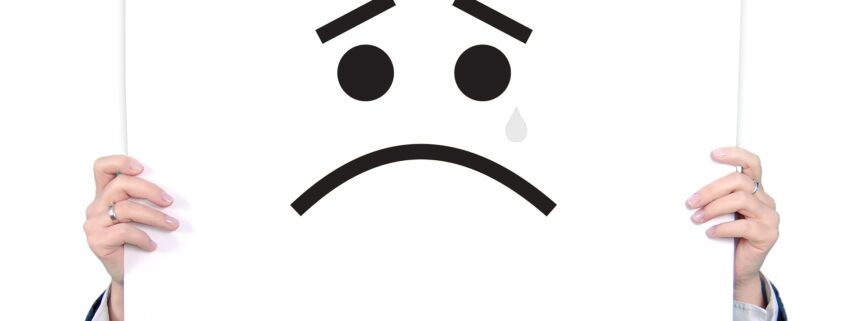Can You Get in Trouble for Chargeback Abuse?
Chargebacks were first introduced in the 1970s as a consumer protection mechanism. They defend cardholders against untrustworthy merchants and criminal fraud. However, due to evolving technology, the chargeback system has become largely outdated.
Many consumers have found ways to abuse the system and illegitimately file a chargeback to gain something for nothing (a process known as “friendly fraud”). If this becomes a habit, merchants may have grounds to pursue criminal charges and take consumers to court.
In this post, we’ll take a closer look at chargebacks, as well as the possible penalties for filing them incorrectly.
Examining the Process
The chargeback process follows a convoluted path which isn’t always easy to understand. There are 5 key players involved: the cardholder, merchant, issuer, acquirer, and card association.
Broken into simplified steps, the chargeback process goes as follows:
- The cardholder challenges a transaction and contacts the issuing bank to file a chargeback.
- The issuer reviews the request.
- A conditional refund is given to the cardholder, which is taken out of the merchant’s account.
- The issuing bank assigns a reason code for the chargeback and passes along this information to the merchant’s acquiring bank.
- The acquirer reviews the request and forwards it to the merchant.
At this point, the merchant can decide to either accept the chargeback, or try to dispute it. If they accept, then the process ends here. Otherwise, they move to the next step:
- If they decide to dispute the chargeback, they’ll be required to submit their response along with any supporting evidence to the bank.
- The acquiring bank re-presents the chargeback dispute information to the issuing bank, who reviews the information and makes a decision.
As previously mentioned, one of the biggest failures of the chargeback system is that it hasn’t kept pace with changing technology. Chargebacks were introduced before the internet era, and current regulations do not address possible threats adequately.
The outcome is also determined by human beings, which makes the system highly subjective. Banks are also operating with the tendency to believe the customer, which means that the chargeback process can be misused and abused.
Consequences for Illegitimate Chargebacks
Though many people believe filing a chargeback is the easiest route, the process actually takes much longer than simply requesting a refund directly from the merchant. Keep in mind the following consequences of incorrectly requesting a chargeback:
- If the merchant wins the chargeback dispute claim, you could end up paying the chargeback fee.
- If you continue to abuse chargebacks, you might end not getting help in the case of legitimate fraud.
- If the bank discovers that you have attempted friendly fraud, they may choose to close your account for violating their terms of service.
- In extreme cases, you could be held liable for chargeback abuse in civil court, or even criminal court, as it could be considered a form of wire fraud.
In addition to the risk of ruining your reputation with banks and paying additional fees, chargebacks are also detrimental to a merchant’s business.
When a chargeback is filed against a merchant, they lose the merchandise and are responsible for paying the chargeback fee, which ranges from $20 to $100 per transaction. If they receive multiple chargebacks, they could exceed their monthly threshold and be hit with another fine, or they might lose their account altogether. And finally, they might land on the MATCH list, which is essentially being blacklisted, meaning that they might not be able to secure a new account for at least five years.
In conclusion, chargebacks should only ever be used as a last resort. You should make all attempts at resolving the situation and requesting a refund directly from the merchant. If you ignore these guidelines and illegitimately file a chargeback, you put yourself and the merchant at risk.



